Have you ever come home to excited dogs thrilled to see you, only to end up with claw marks all up and down your body?
Like humans, a dog’s nails grow over time. Dog nails are much sturdier and sharper than human nails, allowing them to do more damage and serve a defensive function.
Yet, many dogs no longer need that defensive function, leaving the nails solely to destroy your floors, furniture, clothes, and skin.
Keeping your dog’s nails trimmed and tidy is essential to caring for your animal. Not only can it reduce damage caused around the house by your dog’s claws, but it also helps ensure your dog has great hygiene and is protected against health complications.
This article discusses everything you need to know about dog nail trimming, including why it is so important and how you can trim your dog’s nails at home.
Keep reading for a step-by-step walkthrough for DIY dog nail trimming. In this article, we'll talk about:
- Why Trimming Your Dog's Nails is Important?
- How Often to Trim A Dog's Nails?
- When are a Dog's Nails Too Long?
- How to Trim a Dog's Nails: Is Professional or DYI Better
- DIY Dog Nail Trimming: Getting Started
- A Step-by-Step Guide for Dog Nail Trimming
- Final Thoughts: Finding The Right Professional Dog Groomer for Your Needs
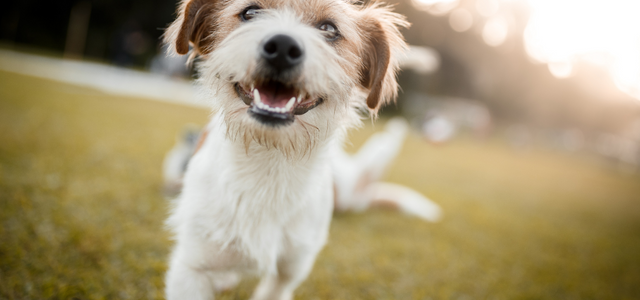
Why Trimming Your Dog’s Nails is Important
Trimming a dog’s nails is important for more than just keeping your belongings safe.
According to the American Kennel Club (AKC), long nails on a dog can impact the shape and conformation of the dog's feet. In turn, the dog’s legs and posture can be altered (potentially permanently) due to long nails that are not regularly trimmed.
Some of the conditions your dog can potentially develop due to untrimmed nails include:
· A splayed foot
· Reduced traction while walking or running
· Deformed feet
· Injured tendons
As you can guess, these conditions are best to be avoided, highlighting the necessity of keeping your dog’s nails neatly trimmed.
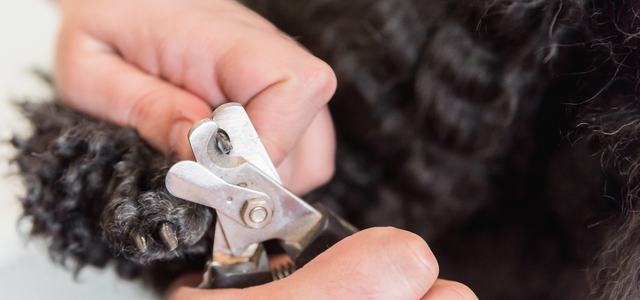
How Often to Trim a Dog’s Nails
Even though many dog owners go long intervals between nail trimmings, dogs require fairly frequent nail trimmings to keep their paws and legs in good health.
Advanced Care Veterinary Hospital recommends trimming your dog’s nails every 3 to 4 weeks or roughly once per month. This can be done at home with the proper equipment, by a professional dog groomer, or by your veterinarian.
If you are planning to go to a groomer or veterinarian, you may need to make your appointment weeks in advance to stay on a good nail-trimming routine. This is one of the many reasons why learning to trim your dog’s nails at home can be beneficial.
For owners who have never trimmed their dog’s nails, you can wait until your next visit and ask your vet about the proper trimming technique. The vet will likely trim your dog’s nails while you’re there, giving you a point of reference for where to trim and how short to go.
Though we will cover the right technique in this guide, getting instructions directly from your vet can help ease your nerves and make you more comfortable with the task.
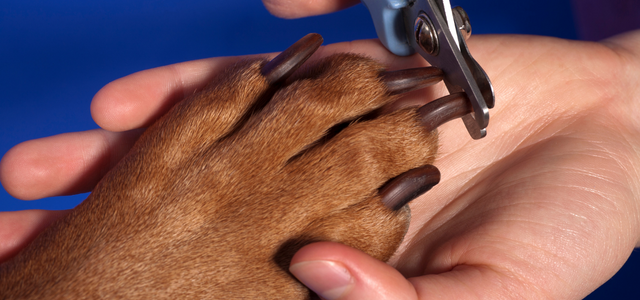
When are a Dog’s Nails Too Long?
Determining a precise length for when a dog’s nails are “too long” is tricky, as genetics and other factors make every dog slightly different from the next.
The telltale sign of a dog’s nails being too long is the sound of the nails on the floor.
If you can hear your dog’s nails tap-tap-tapping on the ground as they walk, it’s likely time for a trim. You can also visually assess their nails — if the nails are turning sideways or moving unnaturally, they are probably too long and make it hard for your dog to position them comfortably.
Thankfully, dogs can wear their nails down naturally by walking, especially if they are walking on harder surfaces like pavement. While this does not prevent the need for regular nail trimmings, it can help to ensure your dog’s nails never get long enough to cause serious damage.
Of course, if your dog does not regularly exercise or walk on hard surfaces, this effect may be minimal.
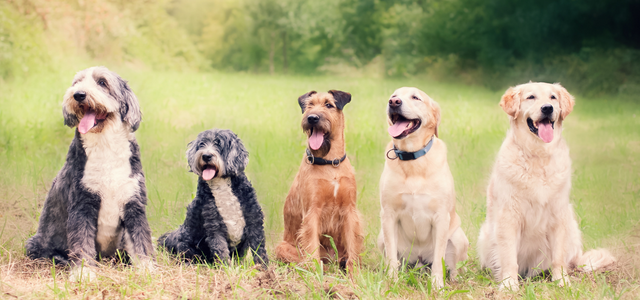
What Happens When a Dog’s Nails Get Too Long?
Aside from the potential posture and paw problems we discussed earlier, a dog’s long nails can hurt the nails themselves.
Here are five of the potential consequences of allowing your dog’s nails to get too long:
1. Discomfort: The most common consequence of letting your dog’s nails get too long is discomfort on the dog’s behalf. Long nails can make walking around awkward and uncomfortable for your dog, potentially causing them to be reluctant to walk or run.
2. Chipping or Tearing: Long nails are more prone to minor damage, like chipping or tearing. Though this damage is not always a cause for concern, it can make your dog’s nails more vulnerable to serious damage.
3. Splitting or Breaking: In more serious cases of untrimmed dog nails, damage like splitting or breaking can occur, affecting more of the nail and compromising its structural integrity. This can commonly happen due to a dog catching a nail on something while running around and can sometimes result in the total loss of the nail (until it grows back).
4. Lengthened Quick: The quick is the center of your dog’s claw that contains nerves and blood vessels. In dogs with regularly trimmed nails, this quick retreats back further into the nail, allowing the nails to be trimmed shorter without causing the dog harm. However, long nails allow the quick to lengthen, making damage to your dog’s quick more likely while trimming their nails.
5. Paw Pad Injury: In extremely severe cases of untrimmed dog nails, the nails can grow long enough to curl inward and touch the paw pad. This can cause discomfort and even harm to the paw pad, especially if the claw is jagged or marred.
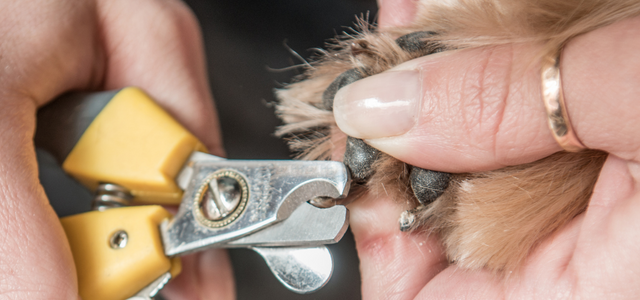
How to Trim a Dog’s Nails: Is Professional or DIY Better?
When it comes to trimming a dog’s nails, you have three main options to choose between:
· At Home: The most straightforward way to trim your dog’s nails is to do it yourself (DIY) — however, this is not always the easiest way. If you have never trimmed a dog’s nails before, there can be a bit of a learning curve. Plus, it can be nerve-wracking if you are unsure where the quick is in your dog’s nails. Ultimately, trimming your dog’s nails can save you lots of time and money but requires you to learn the proper technique and how to control your dog during the trimming.
· At the Veterinarian’s Office: Your next option for dog nail trimming is your veterinarian. Almost all vets offer nail trimming services, and some even provide complimentary nail trimmings during your annual visits. However, scheduling a vet visit only for a nail trimming can be extraordinarily expensive, and hard to get an appointment.
· At a Professional Dog Groomer: The final option for getting your dog’s nails trimmed is to bring them to a professional dog groomer. Professional groomers offer a wide range of services, from nail trimming to baths and fur care. While a professional groomer may be pricier than the DIY option, they are cheaper than the vet and ensure your dog’s nails are trimmed precisely and professionally.
Regarding which of these three options is better, it comes down to either DIY trimming or visiting a professional groomer. Finding a vet that offers monthly nail trimmings can be tricky, and getting an appointment for such a simple service can be extremely costly.
Between the DIY and professional grooming options, either is a great choice. The key is to educate yourself on how to trim your dog’s nails properly or find a reputable dog groomer in your local area.
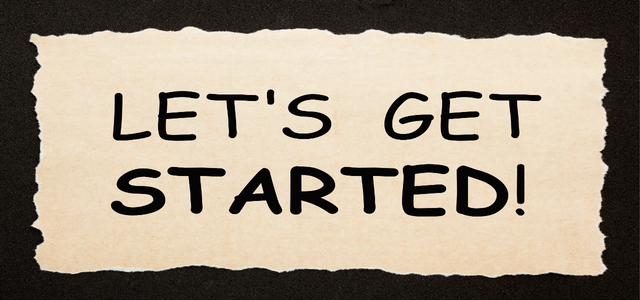
DIY Dog Nail Trimming: Getting Started
If DIY nail trimming is your option, you’ve come to the right place.
We have prepared a breakdown of everything you need to know about trimming your dog’s nails at home, from the supplies you need to the trimming technique.
Before you pick up your nail clippers and get started, let’s cover some ground rules — starting with the precautions to know about trimming a dog’s nails.
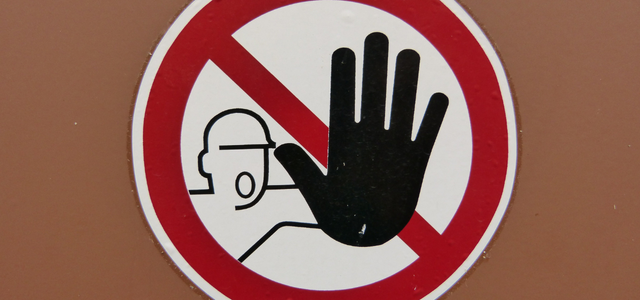
Precautions: What to Know Before You Trim
Knowing what to expect when trimming a dog’s nails is half the battle to learning how.
Here are four key precautions to keep in mind as you get ready to trim:
1. Watch Your Dog’s Body Language: If you have never trimmed your dog’s nails at home before, it may take some time to get used to handling them that way. Practice moving and touching their paws while observing their body language. This will help you learn what movements or touches your dog responds negatively to.
2. Listen for Warning Signs: Before releasing loud barks or growls, your dog will often warn you with a low growl when you are doing something they don’t like. Listen for these warning signs and respect them when they occur. If the area of your dog’s body they are warning you about is something you must touch, work with them on accepting the touch and rewarding them with treats before bringing the clippers anywhere near your dog.
3. Look for the Quick: In some cases, a dog will have light-colored nails that are semi-transparent. By holding a light against these nails, you can often locate the tip of the quick in your dog’s nail, enabling you to pinpoint exactly where to trim the nail. Remember to leave some space between the quick and the cut not to aggravate the nerves or accidentally harm the quick.
4. Do Not Cut Past the Curve: For dogs with darker-colored nails where you cannot see the quick, make sure to cut before the curve of your dog’s nail. Going too far past the curve and further down your dog’s nail makes it much more likely that you will harm the quick, whereas staying before the curve helps ensure you give the quick the space it needs.
Preparing Your Dog to Have Their Nails Trimmed
After you have reviewed the precautions and feel prepared to begin trimming your dog’s nails, your next task is to prepare your dog for the trimming process.
As discussed above, your dog may not be immediately comfortable with you touching their paws and legs if this is not something they are used to. Thus, you should begin first by practicing lifting your dog’s legs and paws and bending the paw into the trimming position.
If your dog is struggling at this step, that’s a sign to keep repeating it and offering rewards when they comply with your movements and touches.
Once your dog is comfortable with you handling them, you can then introduce the clippers.
Your dog will likely be nervous or fearful around the clippers at first, as foreign objects can be frightening to animals. Place the clippers on the ground and let your dog sniff them, encouraging and rewarding your dog when they do not fear the clippers.
Anytime you carry out a dog grooming task, you want to keep your dog's environment calm and stress-free. If your dog is not cooperating or listening, do not get verbally or visibly frustrated; this can create a stressful environment. Take a breather if needed — your dog may need one, too.
The Dog Nail Trimming Tools You Need
Once your dog is physically and mentally prepared to have their nails trimmed, you can finally begin the process — but only if you have the right tools.
Here are the tools you need for DIY dog nail trimming:
· Dog Nail Clippers: The first essential tool you need is a high-quality pair of dog nail clippers. These are different from human nail clippers, designed to cut through the thicker nail of your dog’s claw. Popular dog nail clipper brands include the Coastal Pet Safari series, the Millers Forge Dog Nail Clipper, and the Dremel PawControl Dog Nail Grinder and Trimmer.
· Grinder & Finishing Stone: Along with a pair of nail clippers, you should invest in a quality nail grinder and finishing stone. These tools are used to soften the edges of your dog’s nails and eliminate any minor chips or tears that can cause greater damage down the road. However, these tools can be more intimidating to your dog than just the clippers, so you may need to take some time to train your dog around these tools.
· Towels: For any doggy grooming task, having towels on hand is key. This towel can provide your dog with a safe place to stand and catch any falling fur and nails as you complete your trimming process. If you accidentally snip the quick in your dog’s nail, this towel can also serve as protection to catch any fallen blood or bloody footprints.
· Styptic Powder & Gauze: Speaking of snipping the quick, it’s best to be prepared for the worst. If you accidentally cut the quick in your dog’s nail, you’ll want to stop the bleeding fast. Styptic powder will help you stop the bleeding, while gauze can be used to apply the powder pressure to the minor wound.
· Treats: Your dog is being such a good boy! You better let them know with some treats. Giving your dog treats throughout the trimming process can help keep them happier and calmer while also giving you the right avenue for rewarding their good behavior.
· Extra Helpers: If possible, dog grooming is always easier with a helping hand. Having a second person around to help you out can be majorly beneficial, especially when it comes to keeping a dog calm and still throughout the trim.
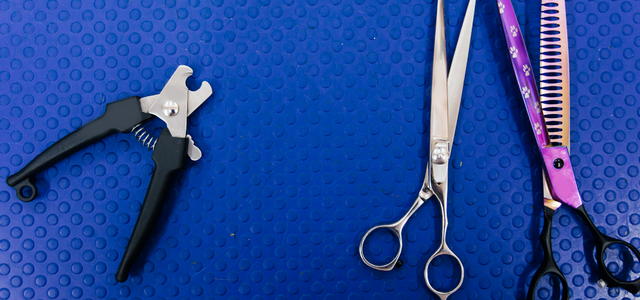
A Step-by-Step Guide for Dog Nail Trimming
You’ve made it to the step-by-step guide for how to trim your dog’s nails — are you ready to begin?
Remember that it’s never too late to turn to a professional. If you start the trimming process and find your dog too difficult to safely trim their nails, there’s no shame in calling a professional groomer and making an appointment. After all, they are professionals for a reason.
Without further ado, here are our 5 key steps for trimming your dog’s nails:
1. Prepare Your Dog
Get your dog settled and ready to be handled. This may take a few minutes and maybe even a walk to get your dog in the right frame of mind.
Once your dog is calm and open to being touched, you can begin the process. If this is your first time trimming your dog’s nails at home, it may be to your benefit to do a practice run of lifting each dog’s paws and getting them comfortable with the clippers being near their feet.
Don’t forget to lay a towel down first as we move into step two — setting up your tools.
2. Get Your Tools Ready
There’s nothing worse than getting your dog calm and ready to be groomed than realizing you have none of the tools you need within arm’s reach.
As such, before you officially begin trimming your dog’s nails, set up all the tools you need within a reachable distance. To quickly recap, make sure you have the following supplies:
· Nail clippers
· Nail grinder and finisher stones
· Styptic powder and gauze
· Treats
3. Lift Your Dog’s Paw
You can start trimming the first paw with your tools at the ready. The order of paws doesn’t matter, so it’s up to you to decide whether you want to do the front or back paws first.
After choosing your first paw, lift your dog’s leg gently and place their paw in your hand. This works best if you are facing the same direction as your dog and have your hand and arm parallel to their arm and paw. Back paws can be a little trickier, so finding the ideal position might take a moment.
Once you have your dog’s paw in your hand, ensure the dog is still calm and stable before trimming each nail.
4. Measure & Trim the Nails
As mentioned, you can visually measure how far to trim based on where the nail begins to curve.
The general rule of thumb is to start smaller rather than bigger. You can always cut off more, but you can’t put any back on if you cut too far down on the nail.
This infographic from Nom Nom provides a good visual guide for where to cut:
5. Clean & Smooth Your Dog’s Nails
After clipping off the excess nail, use your grinder and finisher stones to smooth and polish your dog’s nails. You can use a wet towel to clean your dog’s paws and nails for a nice finishing touch.
Grinding and smoothing your dog’s nails is important for more than just aesthetics.
A well-groomed nail that is nicely smoothed and polished is better protected against damage, such as chips or cracks. Preventing this minor damage is the key to keeping your dog’s claws in good shape.
Final Thoughts: Finding the Right Professional Dog Groomer for Your Needs
There you have it — everything you need to know about trimming your dog’s nails.
If you prefer a professional groomer rather than trimming your dog’s nails at home, we get it — the convenience and professional quality are hard to beat!
When searching for a great professional groomer in your local area, look for these three key factors:
· Nail Specials: Some professional groomers offer special discounts or offers for nail grooming if you purchase multiple appointment vouchers. Finding a groomer offering nail specials is a great way to save extra money on your grooming services.
· Positive Reviews: Always check out a groomer’s public customer reviews before visiting. Most groomers nowadays have Google My Business profiles that pop up when you search the business name, allowing you to read reviews left by recent customers.
· Fair Pricing: Let’s face it, there are much bigger grooming tasks than a simple nail trim. While it is fair for the groomer to charge you a service fee, nail trimming is a quick and easy service that should not break the bank.
Whether you choose a professional groomer or an at-home doggy spa day, keeping your dog’s nails trimmed and neat is the key to ensuring their health and happiness.